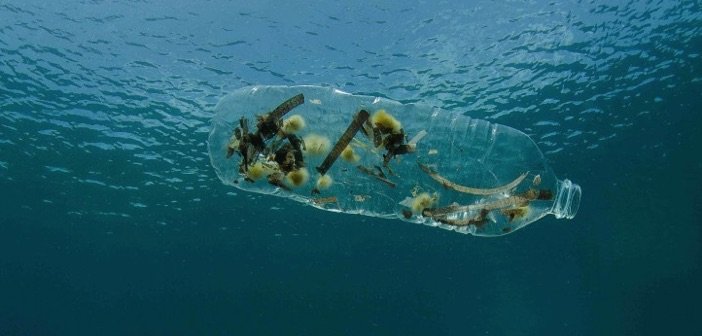More than 19 billion pounds of garbage ends up in our oceans every year, a great percentage coming from soda bottles and plastic bags. This number is expected to rise 100% by 2025 while according to the President of the United Nations, by 2050 there will be as much plastic in the ocean as fish, weight-wise. It is beyond imagination that every piece of plastic ever made is still out there, since only a fraction is recycled.
Where does the plastic come from?
The main reasons for plastic ending up in the oceans are the dumping of garbage into waterways and the pollution by plastic manufacturers. The number one reason though is the mismanaged waste disposal, a great percentage of which is coming from the developing countries. However, individual littering is not coming far behind. The plastic bottle you forgot on the beach is still out there, in the ocean.
The characteristics of plastic
Plastic is widely used in our every-day lives mainly because it is cheap, durable and easy to use. Those are the same reasons why it constitutes the most common trash in the oceans. Plastic has also another trait: it is not bio-degradable, when exposed to sunlight it breaks down to smaller and smaller pieces. But where do those small pieces end up?
The consequences of the pollution
Unfortunately 600 wildlife species are threatened by the rapidly rising use of plastic according to the Ocean Conservancy. Leatherback turtles get caught up in plastic bags which results to their death, whales are found with enormous amounts of plastic in their bellies, while seabirds pick up the plastic fragments to go and feed it to their chicks.
The story does not end here. It has been estimated that 25% of the seafood we eat has consumed plastic which it has also mistaken it for food. We do not yet have exact information of what this can do to humans, still fragments of plastic have been held responsible for being toxic to humans and possibly leading to cancer and reproductive problems.
What can we do?
It is beyond doubt that all nations hand in hand with corporate organizations are the first to take a stand and reduce the amount of plastic that is produced and then stuck in our lives forever. However, each and every one of us has his own share of responsibility. Re-use, recycle and reduce the amount of plastic in your life starting from today.
You want to become part of the solution? For cutting-edge sustainability education on essential sustainability issues, you can take a look at Sustainability Academy’s online courses.

